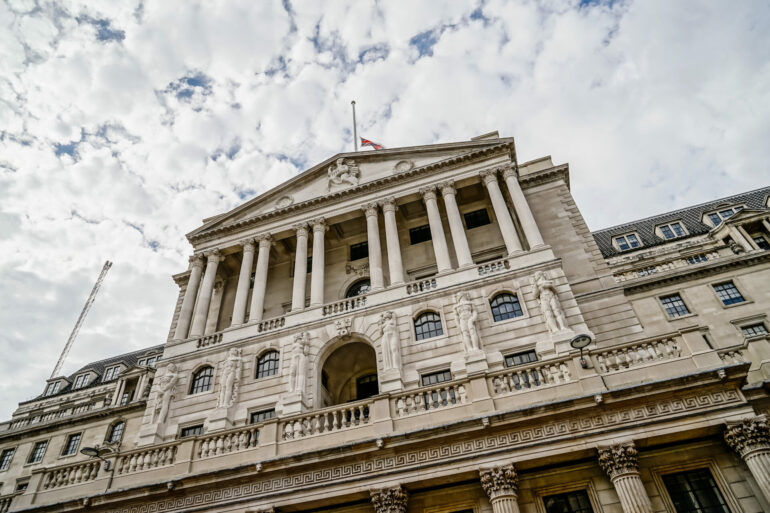All eyes are on Bank of England policymakers who are odds-on to press ahead with yet another increase in interest rates on Thursday.
Britons celebrated a small inflation win in June, which saw a lower-than-expected rise in prices. Core inflation remained sticky at an annualised 6.9% but fell from a 31-year high of 7.1% in May.
The Bank of England has had to lift interest rates to the highest since 2008 so far to do it – so clearly more needs to be done to tame the inflation beast.
The recent uptick in unemployment and slowing jobs growth will not counteract strong pay pressure – with wages still higher than what the cental bank considers amenable with meeting its 2% inflation target.
So, while a further hike in interest rates appears to be written in the stars, the burning question is: would the Bank of England be more inclined to do too much than do too little in its ongoing quest to strike a balance between controlling price stability and the cost of borrowing – both of which have a telling impact on personal finances.
While the Bank of England doesn’t set mortgage rates, its decisions influence how they move. Lenders have already anticipated a hike in interest rates, meaning much of this is already priced into fixed rate deals.
But the 2.2 million homeowners on variable rate mortgages, which are tied to the Bank of England’s base rate, will continue to feel the full brunt of the expected increase in interest rates as part of the UK’s central bank’s efforts to drag inflation closer to its 2% target.
New figures by Moneyfacts shows that mortgage rates have already started to edge higher, with typical two-year fixed mortgage rate is now 6.85%, and 6.37% for 5-year fixes.
The fact remains that we’ll need to see a significant and sustained fall in inflation before mortgage rates move meaningfully lower.
Myron Jobson is senior personal finance analyst at interactive investor




